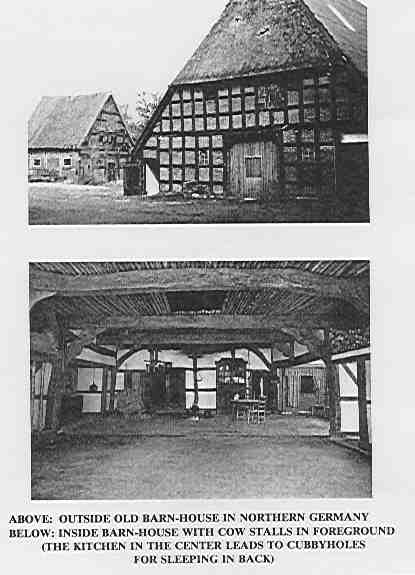
My great-grandfathers Hermann Bruns and Hermann Dreyer both returned to Germany to visit around 1906-07. Letters from Germany were written to the Rohls family in Sunman until 1908 and to the Dreyer family until 1910. Some correspondence even resumed after World War I with a letter from the Gerkin family in Melchiorshausen near Syke to Lois Schweers in Ripley County as late as 1928.
However, with World War I, most communication ceased forever, German was no longer taught in schools. Most churches stopped any preaching in German. Sauerkraut was renamed "victory cabbage" and Germantown, Indiana became Pershing Post Office.
After the war, an entire history of the contribution of Ripley County citizens to the war effort was written by Minnie Wycoff. Many of those sacrifices, both here and abroad, were made by Americans of German descent. Most of the original immigrants had also died by the time of the war. The focus was now completely on America. Germany was in shambles, and with few exceptions the roots were lost or forgotten in the 20's and 30's.
With weakened German influence, German cultural and social centers faded under prohibition. In the 20s' the Ku Klux Klan emphasized "100% Americanism". The Klan was not unknown in these parts, and its bigotry was frequently directed against immigtants and the Catholic Church although some members were the sons of immigrants themselves. The Klan may have hurt those communities in which it was active more than the targets of of its attack.
In the 30s came the rise of Hitler, and with World War II our amnesia about specific German origins nearly became comlete.
The last chapter in this history will examine how we can relate to our immigrant past, by rediscovering our origins overseas, re-establishing contacts with those communities, and identifying the immigrant culture and preserving it history.
